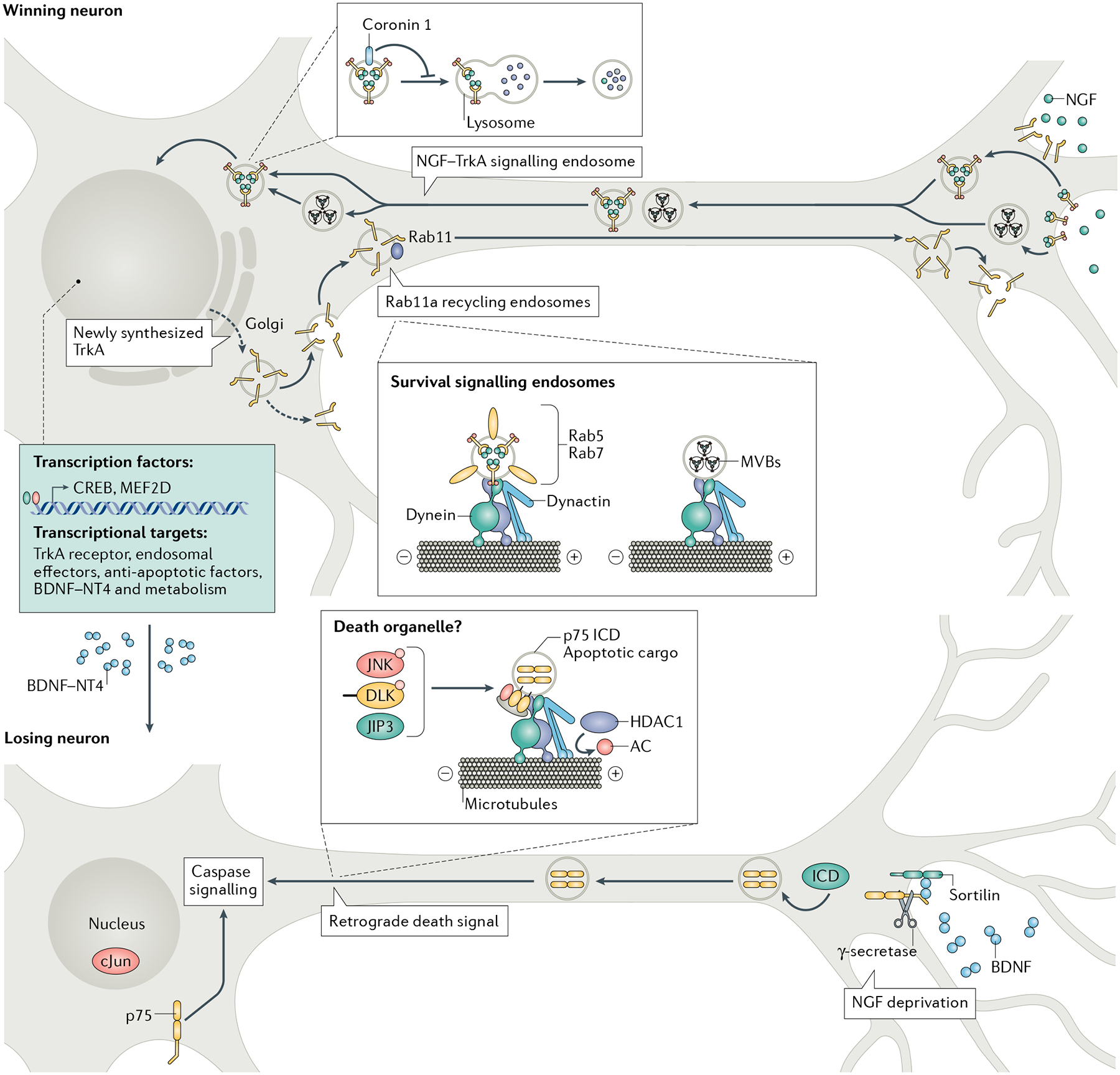Fig. 3 |. Axonal trafficking of survival and apoptotic signals underlie a precarious balance between neuronal survival and death.

Activated TrkA receptors are retrogradely transported by dynein along axon microtubules in heterogenous organelles, including Rab5-positive and Rab7-positive endosomes and multi-vesicular bodies (MVBs). Axon-derived TrkA organelles activate pro-survival transcriptional signalling in cell bodies as well as the synthesis of paracrine factors that induce death in neighbouring losing neurons. Nerve growth factor (NGF)–TrkA signalling persists in cell bodies of winning neurons through the activity of coronin 1, which prevents TrkA degradation. Retrograde NGF signalling also regulates anterograde transcytosis of TrkA receptors from soma surfaces to axon terminals via Rab11-positive recycling endosomes in a positive feedback mechanism. Brain-derived neurotrophic factor (BDNF)–neurotrophin 4 (NT4)-dependent and BDNF–NT4-independent apoptosis is mediated by activation of p75 receptors on losing neurons. In the axons of losing neurons, pro-neurotrophins and neurotrophins may initiate a retrograde death signal by binding to a p75–sortilin receptor complex. Proteolytic cleavage of p75 releases the intracellular domain (ICD), which is transported in a death organelle along with apoptotic signals dual leucine zipper kinase (DLK) and c-Jun-N-terminal kinase (JNK), which are anchored to the vesicles by adaptor protein JIP3, to the cell body to activate death signalling. AC, acetyl group. Adapted with permission from REF.79, Elsevier.
